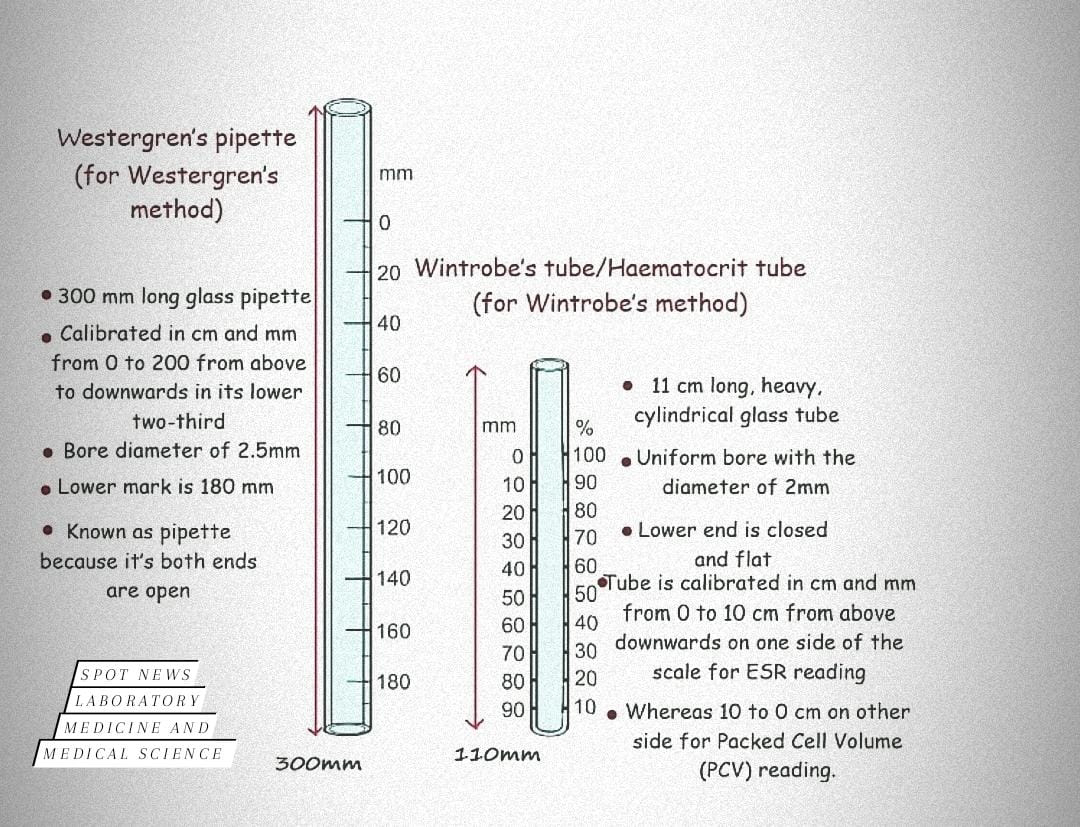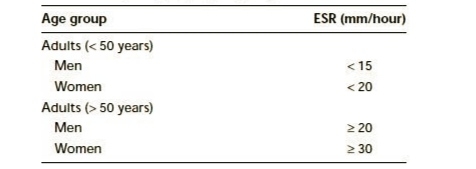Specime Rquired : EDTA whole blood (3.8% sodium citrate )
Quantity : 2 ML
The erythrocyte sedimentation rate (ESR) test is a laboratory test used to detect inflammation in the body. Here are the different methods used for ESR testing:
1. Westergren method: This is the most commonly used method in the clinical laboratory for ESR testing. In this method, blood is collected in EDTA test tube and mixed with an anticoagulant to prevent clotting.
Then using westergren tube which mark 0 - 180 mm and both side is open , wstergren tube isone side inserted in blood test tube which is tested .
Then placed upright and allowed to stand for one hour . during in which the erythrocytes (red blood cells) settle to the bottom of the tube. The ESR is then measured as the distance in millimeters.
2. Wintrobe method: wintrobe method is used as Similar to the Westergren method, the Wintrobe method also involves collecting blood into a tube and using the pasture pippete fill the blood in wintrobe tube and allowing it to stand upright for 1 Hour.
3. Automated ESR: This is a newer method that uses specialized equipment to automatically measure the ESR. and provid results within few minuts ,In this method, blood is collected into a tube and placed into a machine that measures the rate at which the erythrocytes settle.
ESR is a non-specific test that can be affected by many factors:
including , medications, and underlying medical Conditions (microcytosis, leukocytosis,) technical factors like temperature ,clot sample,Therefore, it should always be interpreted with other diagnostic tests and clinical findings.
Ranges of ESR :
ESR test interpertation :
Increased in following Conditions -
Arthritis , kideny disease, inflamatary disease , Anemia Conditions, any infection and allergy.
Decreased in following Conditions -
sickle cell anemia a condition,
typhoid , acute allergy.








.png)




1 Comments
Read and give suggestions if any Please
ReplyDelete